PEOPLE
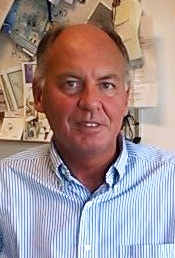
STRATEGY AND ROLE OF EVALUATION OF RESEARCH AND THIRD MISSION AT INFN
Interview with Giorgio Chiarelli, coordinator of the INFN Working Group on Evaluation and ANVUR expert for evaluation of the Third Mission
Since 1997, INFN has entrusted the evaluation of its research activities to an International Evaluation Committee (CVI), composed of seven experts from different countries, including an expert in economics and a representative of the industrial world. The report of the CVI, in addition to the evaluation aspects, also contains proposals aimed at improving the overall performance of the institution. Since 2000, in order to prepare the documentation for the CVI, and to coordinate the response to its (CVI) suggestions, the internal evaluation of research is coordinated by the Evaluation Working Group (GLV), which –among other things- evaluates the milestones proposed annually by individual experiments, the impact of the Institution's participation in international experiments and the degree of leadership exerted by INFN researchers. In addition, the GLV reports to the CVI on Third Mission activities, in terms of economic exploitation of research and production of public goods of a social, educational and cultural nature. Testifying the growing impact of the Third Mission on the research system is the fact that the National Agency of University and Research System Evaluation (ANVUR) has included these activities in carrying out the Research Quality Evaluation (VQR). We discussed these issues with Giorgio Chiarelli, since 2012 National Coordinator of the GLV and, since 2015, national expert of the Third Mission evaluation for ANVUR.
What is the purpose of internal research evaluation?
With a quip I could say: to improve ourselves. The (self-)evaluation of our activities is inherent in INFN's DNA. Every experiment, within the individual National Scientific Committees (CSN), has its own referees who follow it right from the proposal phase. This discussion is useful: there are observations, sometimes criticism, but always constructive. In addition, the referees often intervene to understand if there are any problems and to help. Even if an important part of our research takes place abroad, and is therefore nevertheless subject to the scrutiny of structures outside the Institution,
...
NEWS

SCIENTIFIC COOPERATION
WASHINGTON: BILATERAL MEETING BETWEEN INFN AND DOE-NSF
On 3rd and 4th October, the bilateral meeting for scientific cooperation between INFN, represented by the President, Fernando Ferroni, and by the Executive Committee, the Department Of Energy (DOE) and the National Science Foundation (NSF) was held in Washington. ...
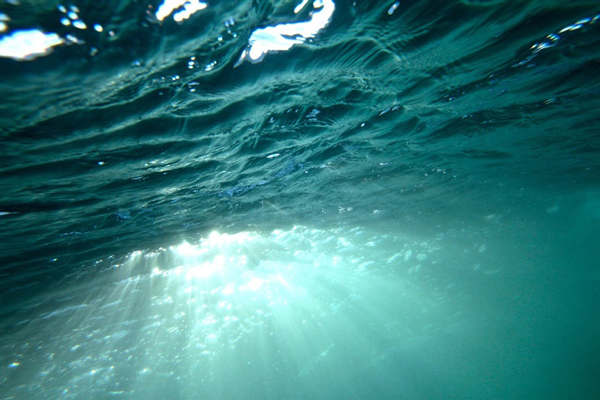
INTERNATIONAL COLLABORATION
THE EUROPEAN COMMISSION ANNOUNCES EMSO-ERIC CONSORTIUM
The European Commission announced the EMSO-ERIC (European Multidisciplinary Seafloor and water-column Observatory European Research Infrastructure Consortium). The Consortium is made up by eight founding countries: France, Greece, Ireland, Italy, Portugal, Romania, Spain and UK; the head office will be based in Rome. ...
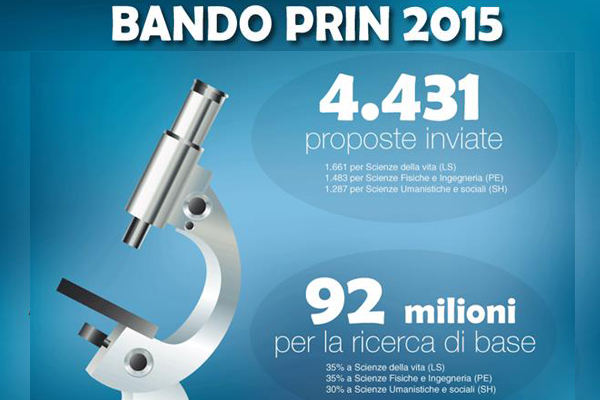
PROJECTS
INFN PARTNER IN FOUR WINNING
PRIN PROJECTS
Four projects in which INFN is partner have won PRIN (Projects of Relevant National Interest) 2015 calls. Three are in the physics field. The "Non-perturbative Aspects of Gauge Theories And Strings" project. A theoretical physics project which has the objective of developing and applying non-perturbative methods in field and string theory. ...
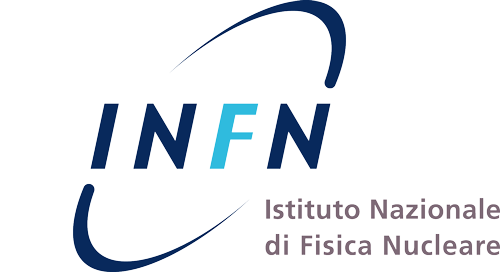

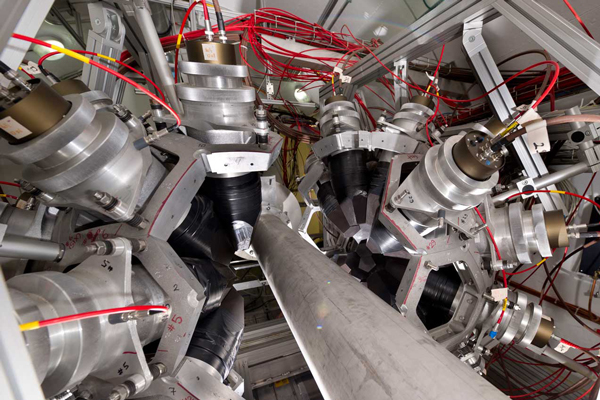 n_TOF: THE MYSTERY HIDDEN IN THE FIRST THREE MINUTES OF LIFE OF THE UNIVERSE
n_TOF: THE MYSTERY HIDDEN IN THE FIRST THREE MINUTES OF LIFE OF THE UNIVERSE